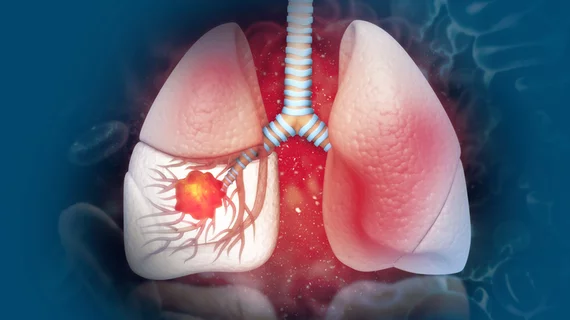Society of Interventional Radiology issues guidance for minimally invasive lung cancer treatments
The Society of Interventional Radiology issued new recommendations Monday to help providers with minimally invasive lung ablation procedures.
Image-directed percutaneous ablation is used to treat various forms of lung cancer. SIR’s position statements offer recommendations regarding everything from selecting patients and delivering treatment to post-treatment care and follow-up protocols.
The documents, which include a quality improvement guide for patient safety, were shared in the August issue of the Journal of Vascular and Interventional Radiology.
“Minimally invasive, image-guided thermal ablation offers patients with early-stage, non-small-cell lung cancer, recurring lung cancer, and metastatic disease a safe and effective treatment option,” author of the papers Mark Baerlocher, MD, SIR’s standards division councilor said Monday.
The new guidance is based on current evidence and states that radiofrequency ablation, cryoablation and microwave ablation are all appropriate image-guided tools to treat primary and secondary lung tumors. Lesion characteristics and risk minimization should guide decision making.
A multidisciplinary team of IRs, oncologists, thoracic surgeons and radiation oncologists developed the documents. They’re backed by the Canadian Association for Interventional Radiology, the Cardiovascular and Interventional Radiological Society of Europe and the Society of Interventional Oncology.
“Evidence-based position statements are important means of improving patient outcomes,” SIR President Mathew S. Johnson, MD, a distinguished professor of radiology research at Indiana University School of Medicine in Indianapolis, added Aug. 2. “Future comparative studies on the use of thermal ablation to treat these forms of lung cancer will help improve the evidence base and allow us to make stronger recommendations to the benefit of patients.”
Read the full position statement here and quality improvement paper here.

